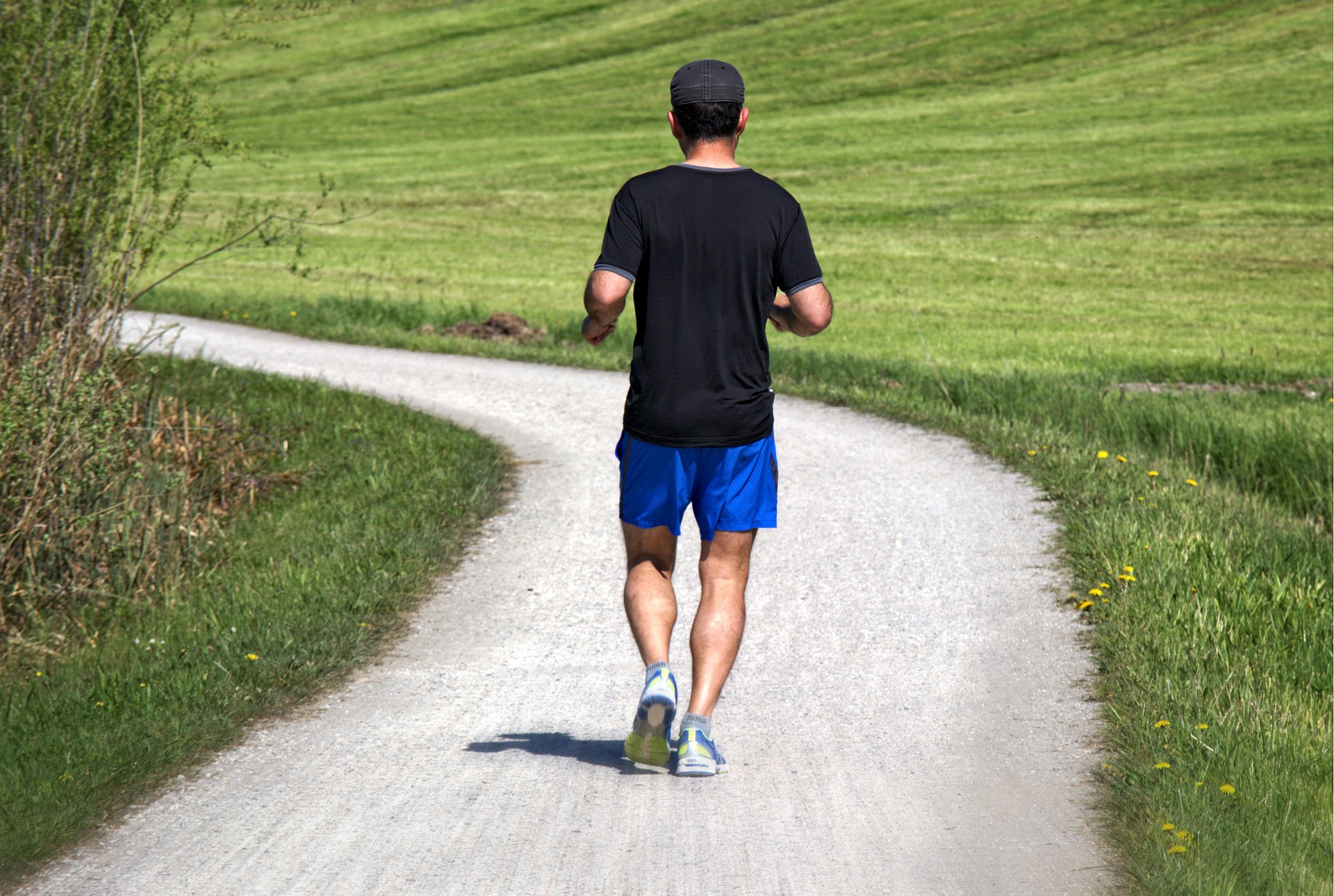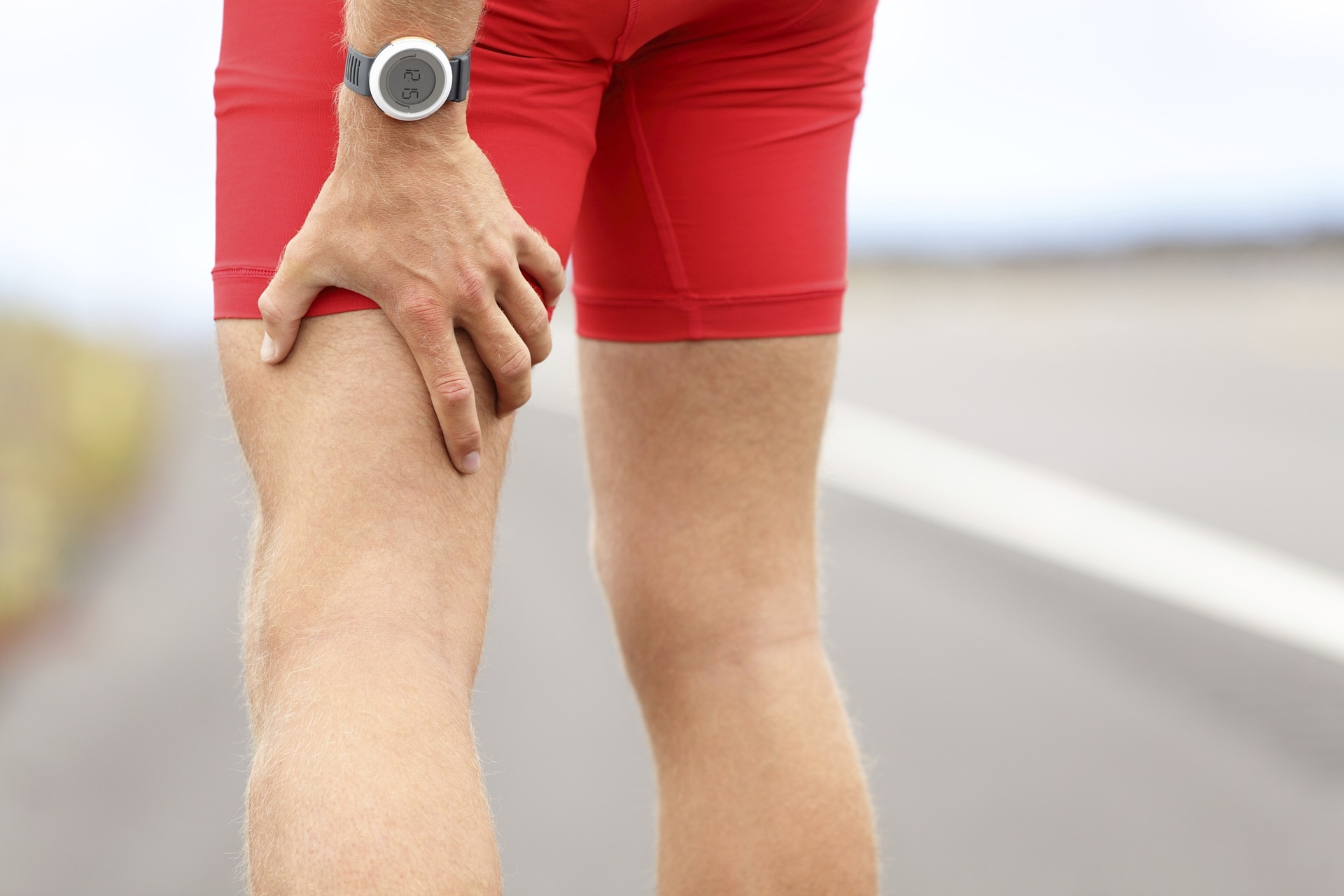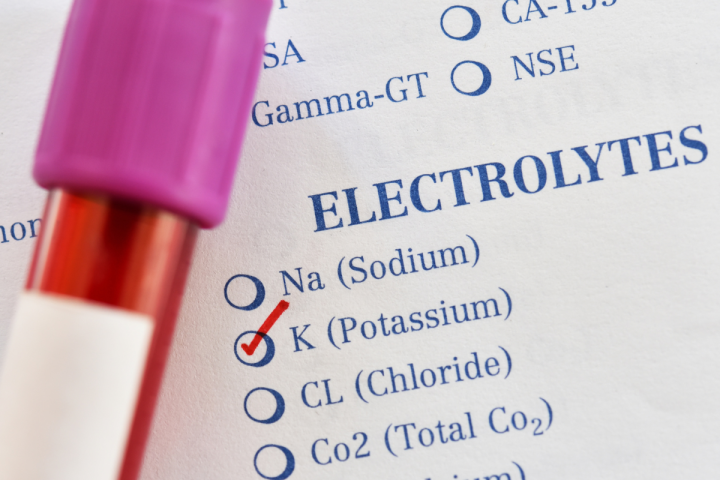Joint problems are becoming increasingly common not only in older people, but also among the young. The various ailments that are associated with joints have different causes, but are nevertheless extremely troublesome. Unfortunately, some people underestimate the body's signs that something is wrong. Instead of seeing a specialist, they choose to continue with their current lifestyle, hoping that the pain will go away on its own. If the causes are, for example, overweight, obesity, permanent spending time in one positionIt may be that the joint pain not only does not disappear, but actually worsens. In such a situation, it is extremely important to determine what the causes of joint pain are and what we can do about the situation.
Why do our joints hurt?
Joint pain is a type of condition that affects people of all ages. Although the risk of serious joint damage is more serious with age, the problem should not be underestimated by young people. The most common cause of joint pain is inappropriate lifestyle. Experts point out that holding one unchanging position for long periods of time can be extremely strenuous on the joints, causing pain throughout the body. Equally risky is hunching over while standing or walking. Adopting this posture overloads muscles, ligaments and precisely the joints. It is the joints that suffer most as a result of excessive strain. This can be caused, for example, by being overweight or obese, which force the joints to carry extra weight. Joint pain can also result from an injury or trauma, which occurs, for example, as a result of a strain in runners. At the same time, it is worth noting that joint pain can affect different parts of the body and in each case the cause may be slightly different.

Symptoms of joint pain
Joint pain should correctly be divided into:
- inflammatory - in this condition there is redness and warmth of the joint, but the main hallmark of inflammation is a marked swelling within the joint,
- non-inflammatory - redness of the joint and marked warmth can be observed. At the same time, there will be no visible swelling.
Joint pain can be single joint (one joint hurts) or multi-joint. In the second case, five or more joints hurt at the same time. Symptoms include not only pain in the joint, but also in the structures that surround it. Swelling, redness and loss of full function of the limb should merit our attention. The symptom may include impaired mobility, e.g. as a result of joint pain in the knee.
What should we do if we suffer from joint pain?
Seeing clear signs joint painIt is certainly worth consulting a specialist. Although this is necessary in the case of acute symptoms, e.g. when severe joint pain is experienced, a visit to the doctor should not be delayed. One possible solution is to go to a physiotherapist who will diagnose and help implement specific actions to deal with the joint pain. The physiotherapist will show us which exercises to do and will correct any mistakes we make.




